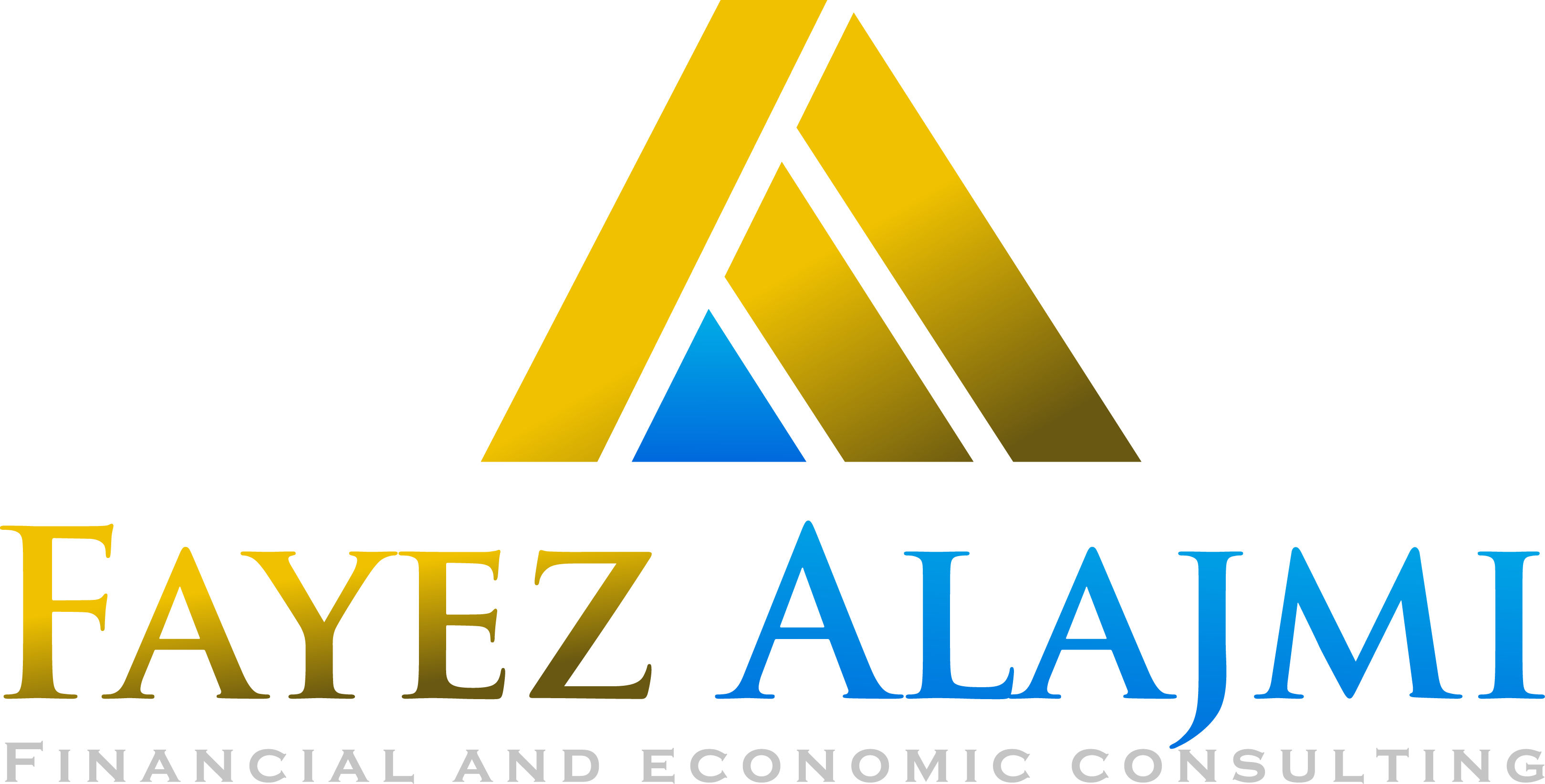For the second consecutive session since the beginning of the week, the general index of the US dollar declined in its trading this morning, Tuesday, the 19th of July, with the opening of the European markets at 106.73 levels, at a loss of 0.60%, affected by the decline in market expectations and investors’ bets that the US Federal Reserve would resort to tightening monetary policy strongly and raising interest rates by 100 basis points at next week’s meeting.
The statements of the US Federal Reserve members at the end of last week (Waler and Bullard) that they prefer moving towards 75 basis points reduced the possibility that the US Federal Reserve would resort to raising interest rates by 100 basis points in its meeting next week.
Futures forecasts using the CME FEDWatch tool showed a decline in expectations to 30% compared to more than 80% last week for the increase rate by 100 basis points after US inflation data in June came above market expectations and at its highest level in forty years.
With bets shifting to raise interest rates by 75 basis points in next week’s meeting, which accounts for more than 80% of the betting on futures contracts, the US dollar was affected to retreat from its highest levels and lose more than 2.5% compared to 109.25 recorded last week.
With the absence of economic data from the United States of America this week, the markets are awaiting the European Central Bank meeting next Thursday to start tightening monetary policy and start raising interest rates, as the euro benefits from this news and rises by more than 200 points compared to the parity point with the US dollar recorded last week.
It is trading this morning at 1.0215 levels. The pound sterling ignores fears and political turmoil and takes advantage of the weakness of the US dollar and regains the 1.20 levels that it lost in the Asian session.
The Australian dollar is one of the commodity currencies that gained the most on Tuesday, trading at 0.6871 levels, after the Bank’s minutes showed today that there is a need for more tightening in the coming period and to raise interest rates, given that interest rates are still low.

 19 July، 2022
19 July، 2022
 ابحاث السوق
ابحاث السوق
 Views
: 626
Views
: 626
